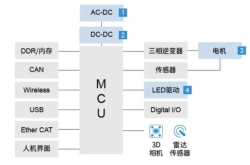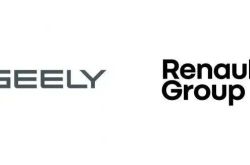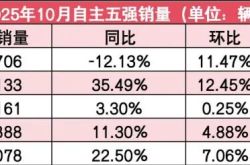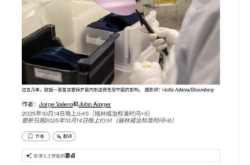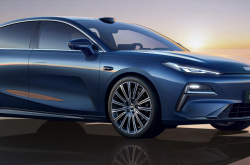Preliminary ruling officially sets SAIC's tariff at 37.6%, and the EU is "afraid" in the face of technology and products
![]() 07/08 2024
07/08 2024
![]() 534
534
Chinese automobile companies are shifting from relying on the introduction of foreign technology to independent innovation, leading the global automotive industry revolution with a brand-new posture. The pace of Chinese cars "going global" is continuously accelerating, and their competitiveness and influence in the international market are continuously improving. As a representative of Chinese brands "going overseas," the MG brand has become the "first Chinese-controlled internationally influential automotive brand" with its high-quality manufacturing standards. However, it is unclear who's "cake" has been moved by such achievements.
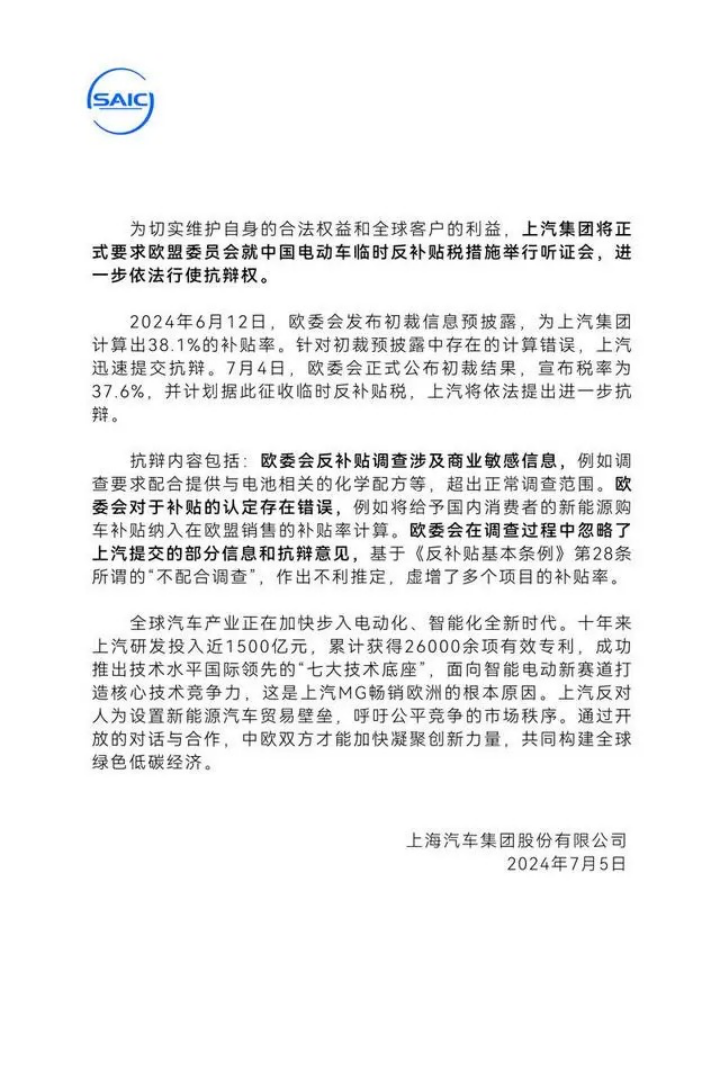
Further exercising the right to defense in accordance with the law
On July 5, SAIC announced that it would formally request the European Commission to hold a hearing on the temporary countervailing duty measures imposed on Chinese electric vehicles to safeguard its legitimate rights and interests and the interests of global customers, further exercising the right to defense in accordance with the law.
On July 4 local time, after conducting a nine-month countervailing investigation into Chinese electric vehicles, the European Commission decided to impose temporary countervailing duties on electric vehicles imported from China. This temporary tariff took effect on July 5, 2024, and will last for a maximum of four months.
SAIC stated that on June 12 this year, the European Commission issued a preliminary ruling information pre-disclosure, calculating a 38.1% subsidy rate for SAIC. In response to the calculation errors in the preliminary ruling pre-disclosure, SAIC had submitted defenses. This time, the European Commission officially announced the preliminary ruling results, announcing a tax rate of 37.6%, and plans to impose temporary countervailing duties based on this, and SAIC will further defend itself in accordance with the law.
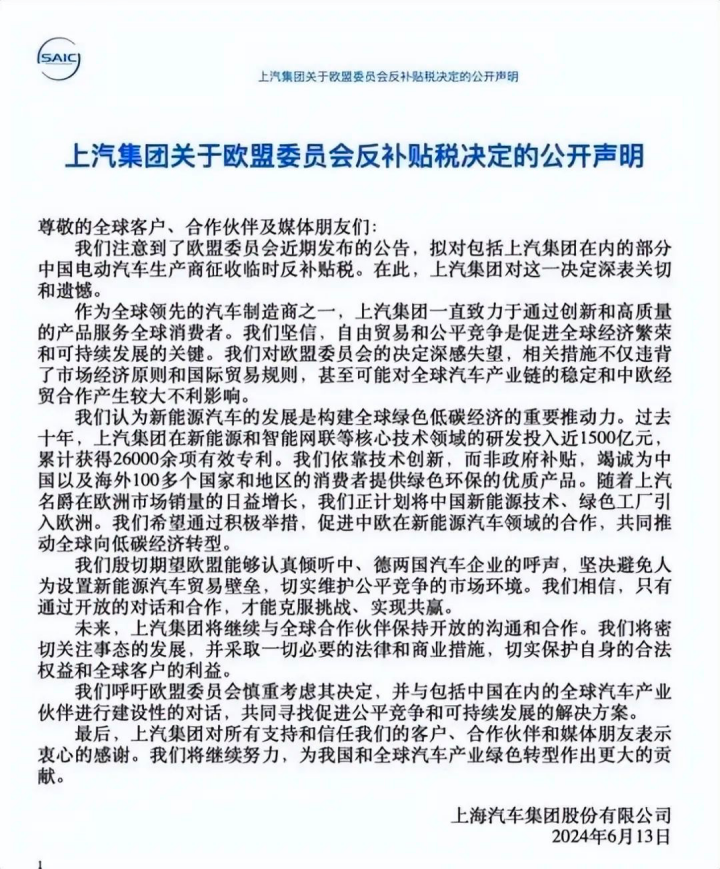
SAIC's defense contents include: The European Commission's countervailing investigation involves commercially sensitive information, such as requests for cooperation in providing chemical formulas related to batteries, which exceeds the normal scope of investigation. The European Commission made errors in identifying subsidies, such as including new energy vehicle purchase subsidies given to domestic consumers in the calculation of the subsidy rate for sales in the EU. The European Commission ignored some information and defense opinions submitted by SAIC during the investigation process, making adverse presumptions based on Article 28 of the Basic Regulation on Subsidies and Countervailing Measures, falsely increasing the subsidy rates of multiple items.
In response, SAIC insiders had previously responded that this was completely fabricated and misinterpreted. SAIC actively cooperated in providing relevant materials, but the scope of the EU's investigation has seriously exceeded the scope related to countervailing investigations. For example, it requires SAIC to provide detailed core technologies related to the three-electricity aspects of its self-owned brand electric vehicles, as well as information from joint ventures such as SAIC Volkswagen that do not export electric vehicles to Europe.
According to data disclosed by the European Commission on June 12 this year, the tax rate determined this time has been slightly reduced. However, automakers led by SAIC are still the biggest victims of this "tax increase." The announcement showed that SAIC's additional tax rate was 37.6%, Geely's was 19.9%, and BYD's was 17.4%; the average additional tax rate for other automakers cooperating with the EU investigation was 20.8%, and the additional tax rate for automakers not cooperating with the investigation was 37.6%.
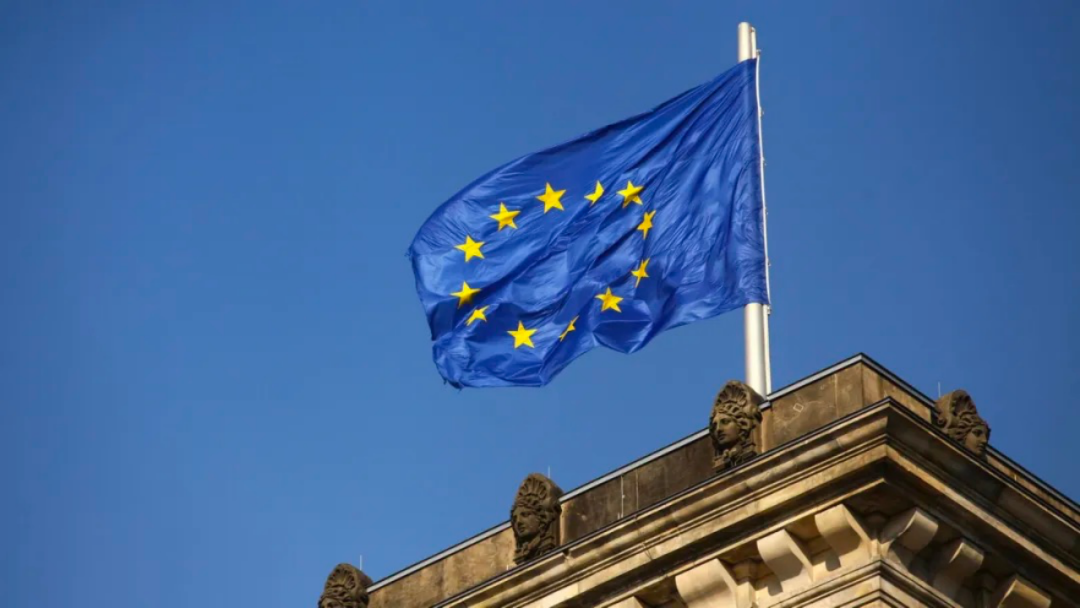
It is widely believed by outsiders that this is related to the rapid rise of SAIC's sales in overseas markets. In 2023, SAIC's overseas sales exceeded 1.2 million vehicles. In the UK and European continent markets, SAIC delivered up to 243,000 vehicles, accounting for 75% of all Chinese cars delivered in local markets.
According to data from JATO Dynamics, a European authoritative third-party statistical agency, in 2023, the number of Chinese car brands registered in the European market was 323,000, an increase of 79% year-on-year, with a market share of 2.6%. Among them, MG, which is mainly electric vehicle products under SAIC, sold over 230,000 vehicles, with an increase of over 50%, accounting for more than 71% of the sales of Chinese brands.
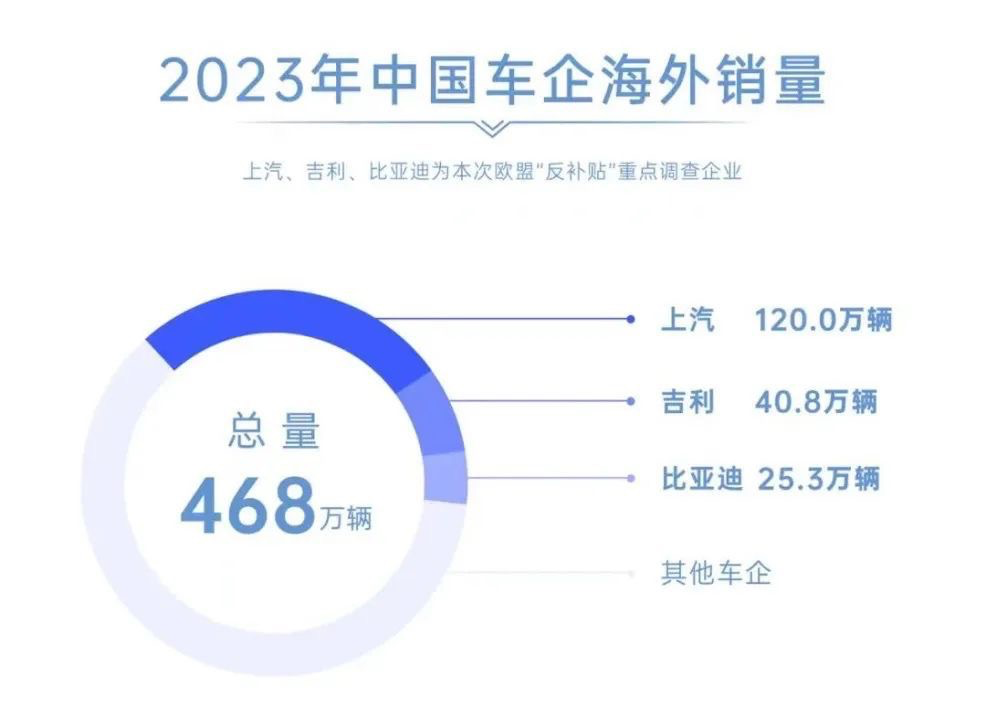
Adhering to high-value cars going global
Chinese electric vehicles, with their world-leading battery manufacturing capabilities, stable raw material supply chains, and unparalleled price advantages, have quietly emerged as strong competitors in the EU market. Chinese electric vehicles, with their globally leading battery production capabilities, raw material supply chains, and price advantages, are becoming a "thorn in the side" of the EU.
Over the past decade, SAIC has invested nearly 150 billion yuan in research and development innovation in the field of new energy and intelligent connectivity, successfully obtaining over 26,000 valid patents, demonstrating its leap in technological strength. With relentless technological innovation rather than relying on government subsidies, SAIC has brought green, environmentally friendly, and high-quality electric vehicle products to consumers in over a hundred countries and regions around the world, achieving a magnificent turnaround in the global automotive market.

Industry analysts told CarTalk that: "The rise of Chinese electric vehicles marks the successful overtaking of China's automotive industry in the new energy racetrack, bypassing the shackles of traditional internal combustion engine technology and leading the transformation of the global automotive industry in a revolutionary manner. This transformation not only makes Chinese car brands sound loudly on the global stage, but also puts many historical European automakers under unprecedented pressure and challenges."
The reason why Chinese electric vehicles can demonstrate strong market competitiveness at lower prices is actually due to the high maturity of their supply chain and excellent cost control capabilities. However, the European Commission tends to simply attribute it to "government subsidies," which is inevitably one-sided and biased.
Facing the improper ruling of the European Commission, SAIC expressed deep regret and disappointment, believing that this move not only violates the basic rules of market economy and the fair principles of international trade but may also adversely affect the stable development of the global automotive industry chain and the good momentum of economic and trade cooperation between China and Europe. SAIC firmly stated that it will continue to uphold an open and cooperative attitude and promote the internationalization process of China's new energy technology and green production models.
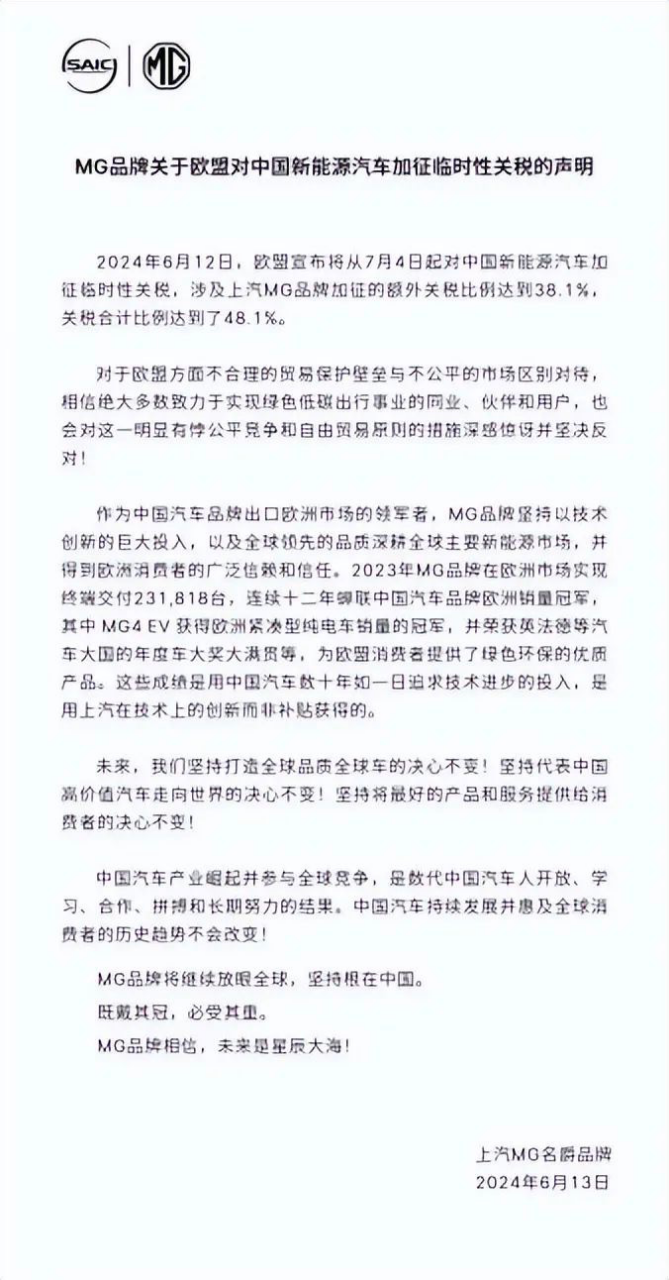
It is worth noting that SAIC has not slowed down its globalization pace due to the EU's tariff barriers. On the contrary, with the continuous hot sales of the MG brand in the European market, SAIC has clearly introduced its grand blueprint of introducing China's new energy technology and green factory model to Europe. Last July, SAIC already announced plans to build its first factory in Europe to start localized production, and site selection work was underway at that time.

In a recent statement issued on June 13, SAIC MG mentioned: In the future, our determination to build global-quality global cars remains unchanged, our determination to represent high-value Chinese cars going global remains unchanged, and our determination to provide consumers with the best products and services remains unchanged! This series of positive initiatives undoubtedly injected strong momentum and confidence into the globalization development of China's electric vehicle industry.

